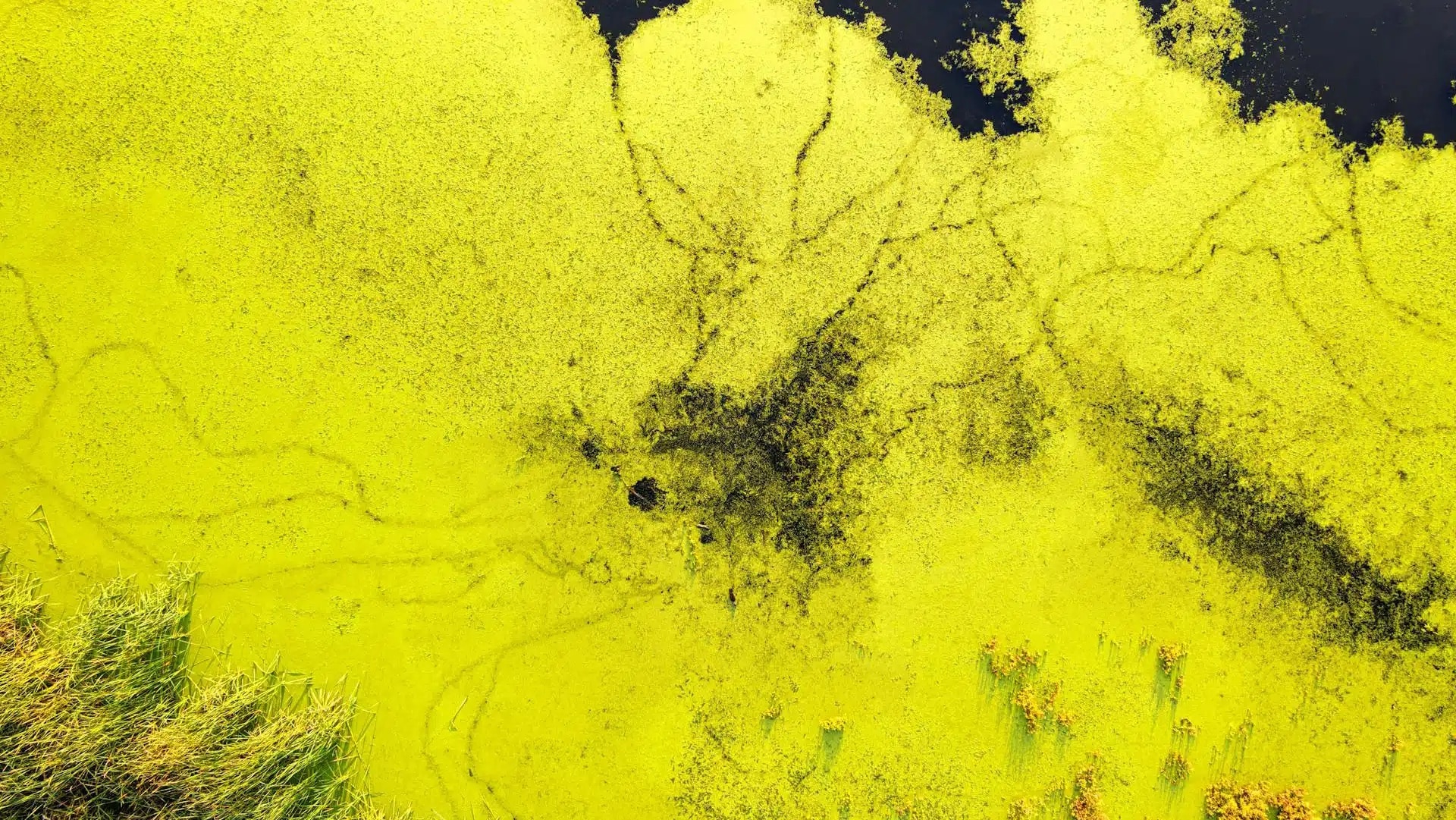Here Comes the Rain
There were the late summer floods of 2013 that devastated parts of Colorado. Seventeen inches of rain fell in just one week.
There were the record Midwestern rains of 2011 that saw the Mississippi River rise to levels not seen in more than 70 years. Then there were the recent hurricanes — Sandy and Irene — that shut down large sections of the Northeast with unusually heavy rains and flooding.
Over the last decade, there have been more heavy rain producing storms than any period on record.
In isolation, each of these events can be seen as just plain bad weather. But taken together they add up to a troubling progression, said Dr. Kenneth Kunkel, an atmospheric scientist at NC State and senior scientist at the North Carolina Institute for Climate Studies (NCICS) in Asheville.
Kunkel has reviewed more than 100 years of precipitation data, and the number of extreme rain events has been shooting higher over the past 30 years. Over the last decade, there have been more heavy rain producing storms than any period on record.
As with the shift toward higher temperatures, Kunkel’s underlying science indicates human produced greenhouse gases play a big role in this extreme weather.
“You always have those types of events,” Kunkel said. “But this is a real trend.”
Kunkel leads a group of 10 NCICS scientists providing the technical backbone for the National Climate Assessment, which describes current and future U.S. climate changes, coupled with assumptions on how society will evolve over time. The report will be released in the spring.
Part of that report focuses on precipitation. Kunkel led a recent study that predicted maximum possible precipitation totals will jump 20 to 30 percent in the continental United States by the latter part of the century.
“We have pretty high confidence on how we expect longterm change to happen,” he said. “Extreme heat will be warmer. Extreme cold will be less extreme. And we’ll have more heavy rains.”
- Categories:


